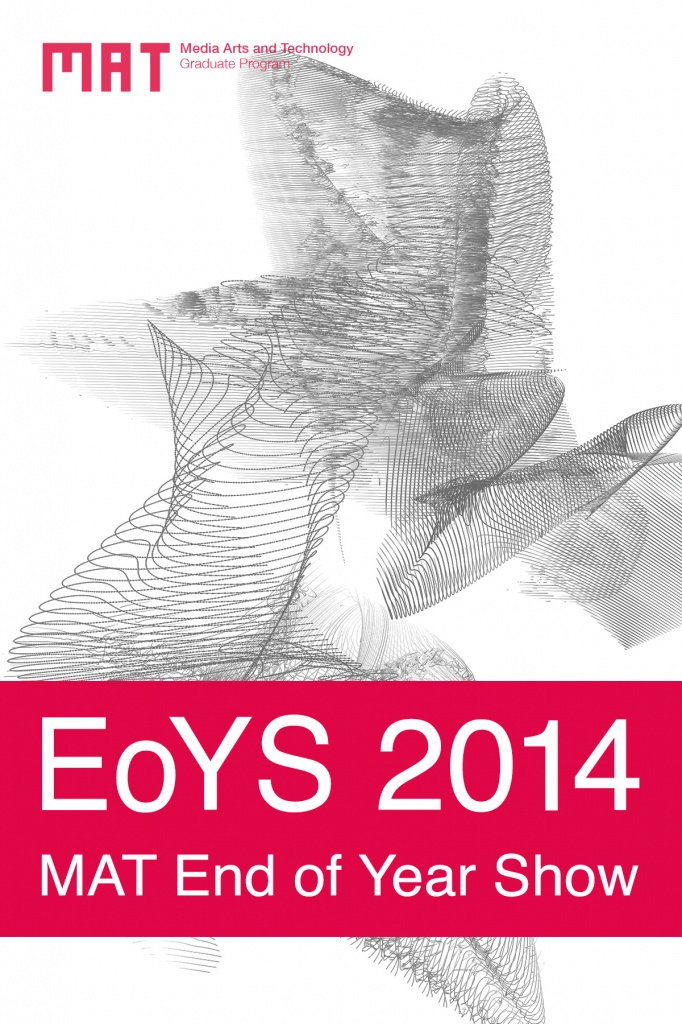Marcos Novak @ From Xenakis to the present
From Xenakis to the present: the Continuum in music and architecture
(From Linked Website)
Since the Classical era and the Middle Ages, and in particular since Plato’s Timeus, the concept of continuum has preoccupied thinkers. In the early 20th century, this notion was reactivated by the theory of relativity as well as other theories such as the uncertainty principle, changing our perception of the world, and consequently artistic discourse. Even if this upheaval corresponded to technological advances on the one hand and the collapse of the romantic model on the other hand, it was only around the middle of the 20th century that artists adopted these new physical and metaphysical concepts, prompting new creative tools, especially in music and architecture.
We propose to examine where we are today in terms of the concept of continuum, both in theory and in practice. An interdisciplinary approach will enable us to evaluate the relevancy of this notion, comparing and contrasting it with other methodologies, during this international conference organized in partnership with the European University of Cyprus (Cultural Studies and Contemporary Arts research laboratory (CSCA) and University of Cyprus (Architecture Dept.), the Centre Iannis Xenakis, the GRHIS (Université de Rouen), ENSA Normandie. Parallel to our interrogations, two concerts will be hosted inspired by the sound continuum.
The continuum emerges as a new musical preoccupation at the beginning of the 20th century with string glissandi in Bartók’s music, Julián Carrillo’s extreme microtonality, Henry Cowell’s conception of continuous harmonic rhythm, in addition to Wyschnegradsky’s ultrachromaticism and pansonority. Beginning in the 1950s, the continuum theme manifests itself in Xenakis’s theoretical and technological research as well as in his compositions, in Ligeti’s polyphonic and polyrhythmic textures, in Nancarrow’s rhythm-sound alloys, as well as in Scelsi’s explorations of continual transitions within a single sound.
In architecture, Iannis Xenakis sought to make sound and light materials palpable both in their ability to create a receptacle as well as in their ability to occupy space. The developments of new materials, often hybrids, as well as the evolution of computer and digital technologies now enable one to pursue a projective critical practice, sculpting the sound space all while enhancing perception from different perspectives.
In 1958, the Philips Pavilion initiated what Xenakis called “electronic architecture” where its plastic continuum binds walls and ceilings in global envelope. Such architectural forms, thought of as uninterrupted volume, can be found at the time by certain architects – for example Pier Luigi Nervi or Félix Candela – and more recently others, in architectures designed using computer modeling and “layerings”.
Layering of planes and spaces emerge in the work of well-known architects allowing a ‘journey’ through spaces and creating spatial continuum. Transparency in architecture allows for two objects to co-exist in the same space and time. As such, transparency has often been described as a space-time condition of “betweeness” where interpenetration of figures and objects results in a simultaneous perception of different spatial locations where space fluctuates in a continuous activity.
Spatial continuity between rooms either by omitting walls or by piercing them with wide openings creates spatial continuities and articulates layered compositions. Adolf Loos for example states that his architecture is not conceived in plan, but rather in terms of spaces or cubes, hence the Raum–plan, which achieves a merging of spaces into a continuous space. Referring to the work of Le Corbusier, Giedion points to the notion of spatial interpenetration where boundaries are blurred and spatial continuum prevails.
Whether in a linear yet composite format, or in a layered deep configuration, whether involving sounds or visual assemblages, whether these are ‘found’ or ‘ designed’, we invite musicians, architects, artists, theorists and anyone who is interested to share with us their work related on the topic by submitting an abstract.
Link:
Marcos Novak @ Movement and Emotion as Computational Interfaces
Photo: Evening of.. Philip Beesley/ PROTOCELL FIELD
Lead by an interdisciplinary team that have backgrounds in performance, computational media art, and bioengineering, the workshop will be a point of convergence for fields that are working in the larger domain of emotive research both internationally and within Canada. This includes consciousness hackers who explore how technology can positively change the way we think, feel, and live; performers and others who use somatic awareness as a tool for the recreation of authentic emotion; and computational media artists, who use technology to explore questions of human and machine through artworks that critique our techno-scientific world. The workshop is targeted for a diverse audience including students, emerging scholars and other highly qualified personnel from both the academic and private sectors. Participants are welcome from a variety of fields such as performance, somatic movement and awareness, computational media arts, entertainment, gaming, computer science, architecture, and other art/science collaborations.
Workshop
This seven day workshop will take place from June 6th – 12th and will explore how technology can help us create deeper connections with the world around us, each other, and ourselves by combining the latest advances in bioinformatic sensing technology with modes of physiological awareness found in somatic performance practice. Activities will include seminars and practicums on somatic performance and movement, and technical foundations on working with bioinformatic sensors with media based software such as Max, SuperCollider, and Processing.
Speaker Series
A speaker series will be running during the workshop from June 6th – June 10th, 2016. All talks during the workshop are free and open to the public.
Link:
Marcos Novak @ Virtual There

When Time Magazine graced its cover with the awkwardly-posed oculus rift inventor, Palmer Luckey, it effectively proclaimed that Virtual Reality…
Marcos Novak @ UCSB Classics
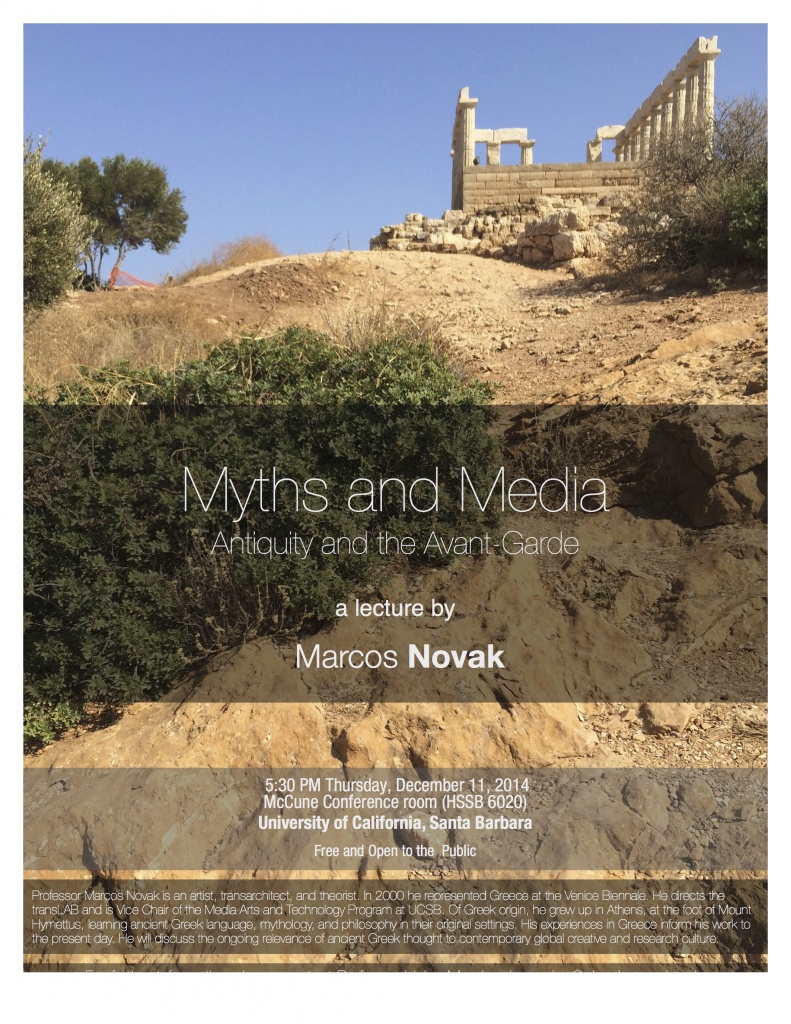
Myths and Media: Antiquity and the Avant-Garde http://www.classics.ucsb.edu/events.php Speaker: Marcos Novak (UCSB) Thursday, December 11, 2014 @ 5:30pm HSSB 6020…
Marcos Novak @ SMK Denmark
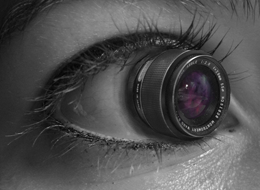
Marcos Novak will present a lecture at the symposium “Critique of Digital Reason – An international seminar on Google Glass…
Sterling Crispin’s Master’s Project Presentation
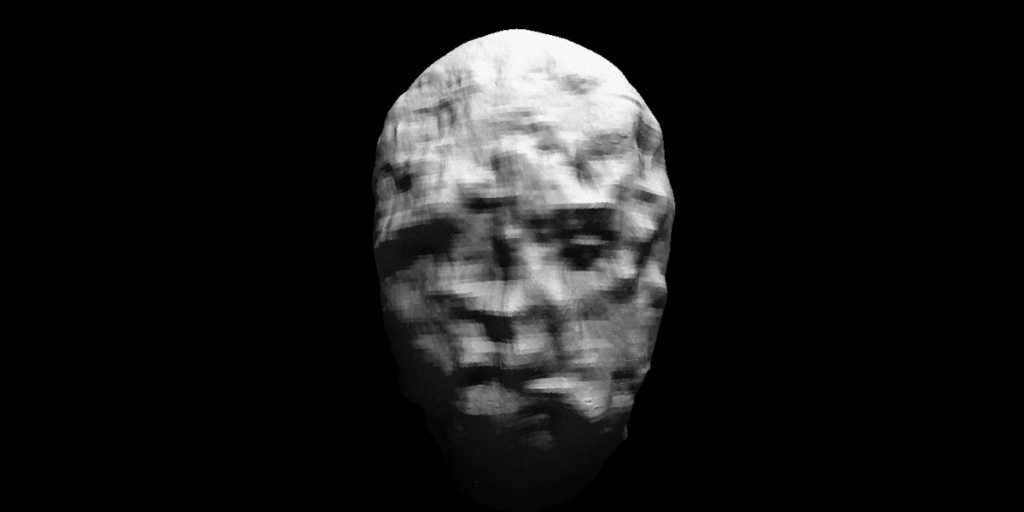
Date: December 18th, 2014 Time: 2:00pm Location: 2810 Elings Hall (SYSTEMICS LAB) Committee: Marcos Novak (Chair) Lisa Jevbratt JoAnn Kuchera-Morin…
Field Notes from Virtual Reality: Reflections on the Oculus Rift Developers Conference
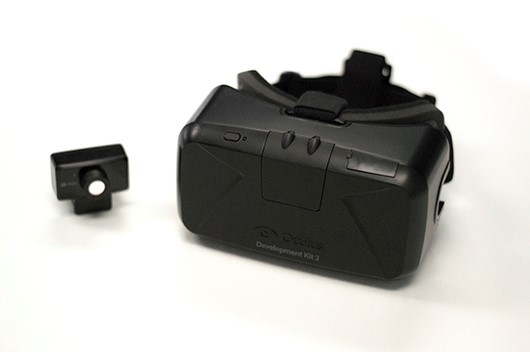
Field Notes from Virtual Reality: Reflections on the Oculus Rift Developers Conference October 6, 2014 – 12:00 pm to 1:30…
Άτρακτος To Attractors:A Transvergent Workshop on Worldviews and Worldmaking in the 21st Century

ΆΤΡΑΚΤΟΣ TO ATTRACTORS:A TRANSVERGENT WORKSHOP ON WORLDVIEWS AND WORLDMAKING IN THE 21ST CENTURY Άτρακτος To Attractors:A Transvergent Workshop on Worldviews…



